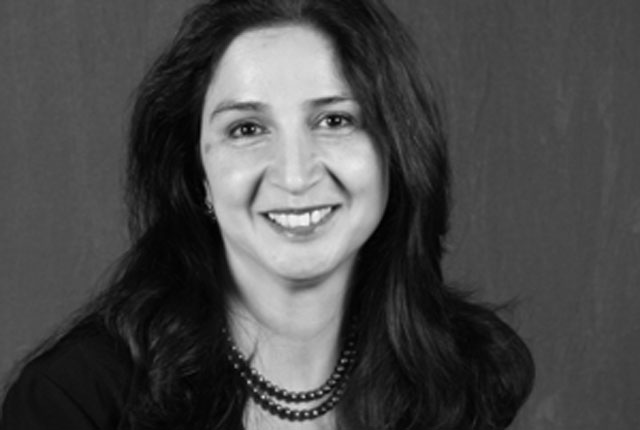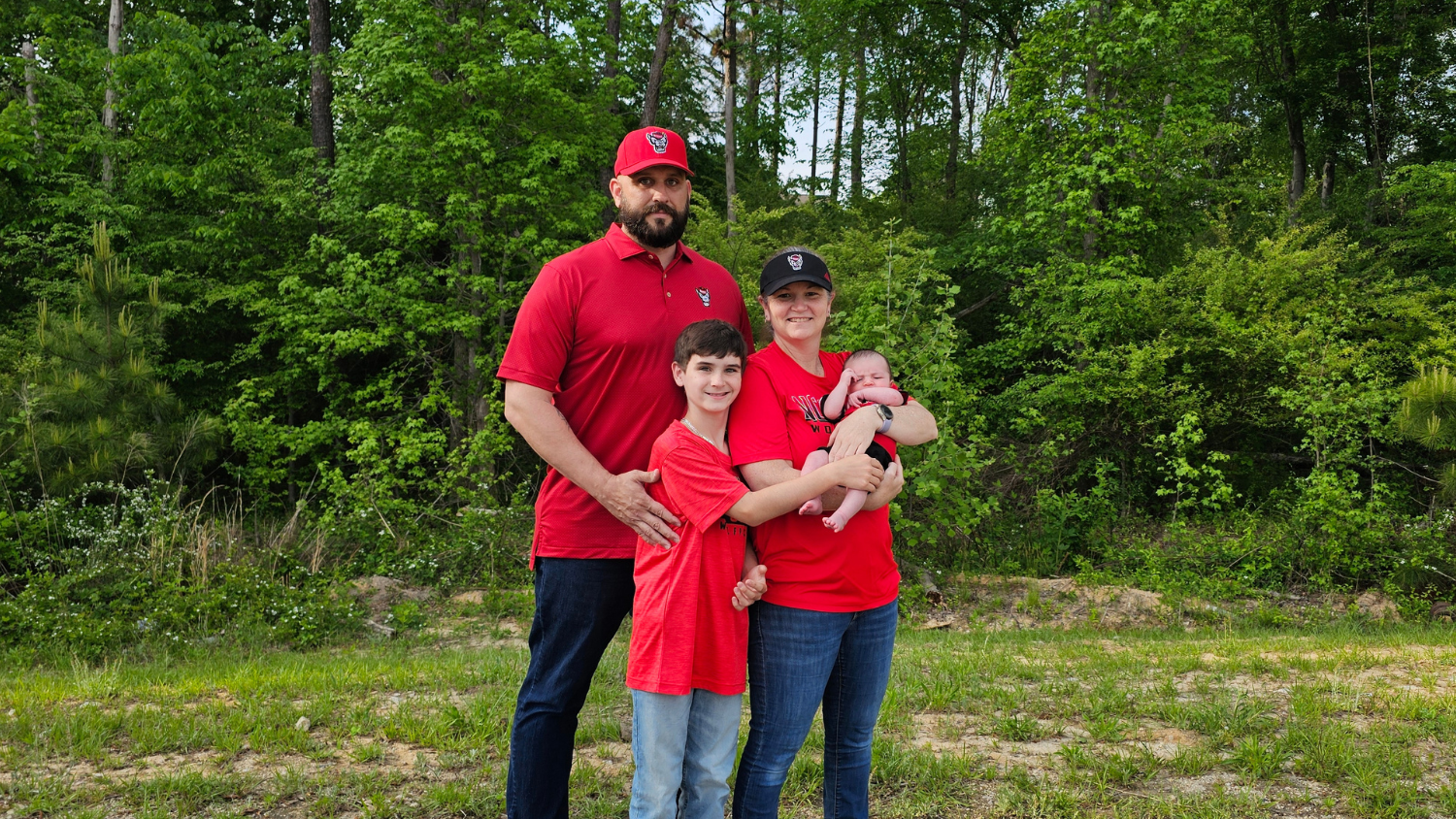A Passage From India: Lessons From An International Student’s Journey


Rajika Bhandari clearly remembers her first taste of the United States: a shrink-wrapped chocolate-chip cookie and a can of chilled Coke on an American Airlines flight to Raleigh, N.C.
The year was 1992, and Bhandari was one of 36,000 Indian students traveling to study in the United States. She recalls that flight as the beginning of an extraordinary journey, one that led to earning her doctoral degree in psychology from NC State’s College of Humanities and Social Sciences.
Bhandari wrote a column about her experience, “A Passage From India: Lessons From An International Student’s Journey,” for the Chronicle of Higher Education. In it, she compares her experience with what students today might gain from international study.
And Bhandari is something of an expert on the topic. As deputy vice president for research and evaluation at the Institute of International Education, she leads the Open Doors and Project Atlas projects that measure international higher education mobility.
Here are excerpts from her column:
… As I look back on my first days and weeks in a foreign land, I truly hope that today’s international students are still getting the eye-opening experience I had.
As a young graduate student from India, attending North Carolina State University was as much an education in psychology (my chosen field of study) as it was a life lesson about cultural differences in how knowledge is imparted and acquired in the United States. I was encouraged to think much more critically than I had ever before, and was surprised that questioning your professor was actually a good thing and not seen as an affront as it would be in Indian universities (and I suspect in many other institutions and countries around the world). So while I balked when my American classmates casually referred to my adviser by his first name, I also sharpened my critical-thinking skills and felt an equal participant among my peers, men and women alike.
What immediately struck me also about the American system was its sheer fluidity and openness. Taking full advantage of its cross-disciplinary approach, I was able to move easily across different departments, selecting courses from psychology, statistics, sociology, and developmental economics to fashion a degree that would prepare me for a career in international work. This sort of flexibility is almost unheard of in many countries, or it is certainly rare in India where even today rigid curricula are a deterrent to many American students who would like to study there.
… My interactions with my American peers—and those from all over the world—challenged me to expand my worldview. In many ways, I was growing up and becoming an adult in the United States, being shaped by this country going forward as I had been by India for the first half of my life. As a student in the south I developed a much more nuanced understanding of black history and race relations in the United States. Through my Jewish American friends I learned about the full extent of the Holocaust, a subject that was covered cursorily in Indian history books back home. …
Bhandari says much has changed in global higher education in the two decades since she first came to the United States, including a surge in the number of students studying overseas and the rise of new technologies. She believes, however, that “the transformational power [of studying abroad] remains indisputable. Just ask the over 4.1 million students who are currently studying outside their home countries. For most young students, it represents an intellectual and cultural coming of age, a type of holistic education that might occur on the fringes of a formal degree but that is invaluable in shaping the mind, soul, and character of a student.”
Read the full column and the Institute of International Education’s “Open Doors” report to learn more.


